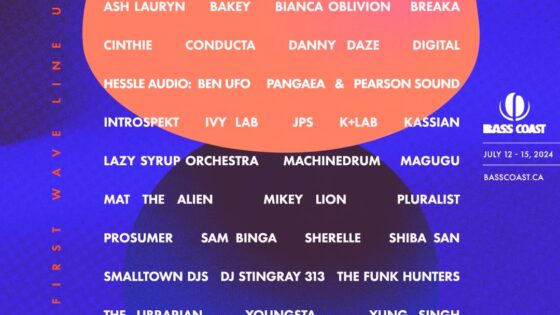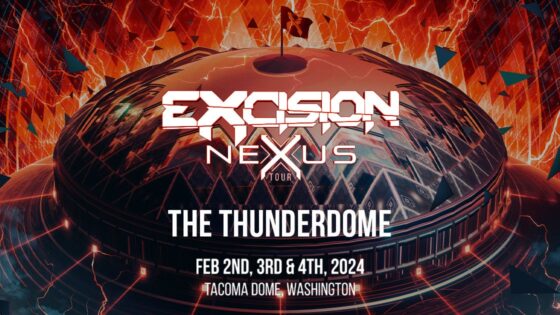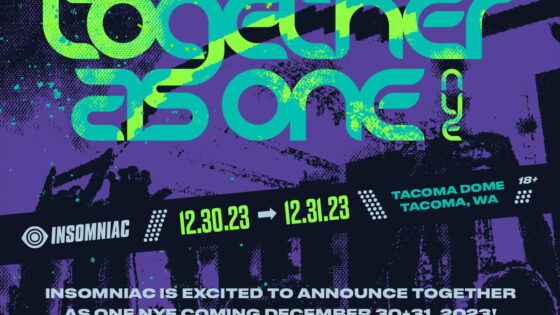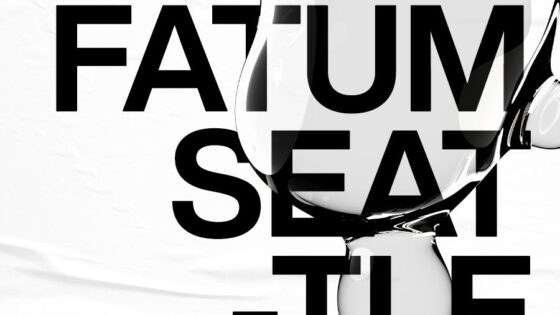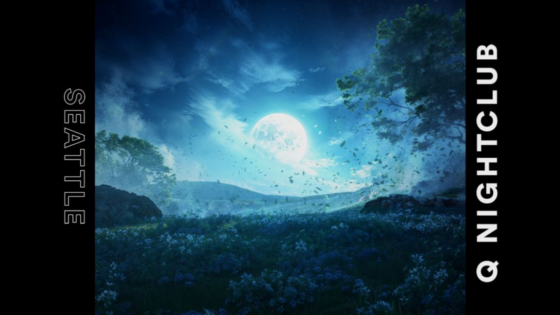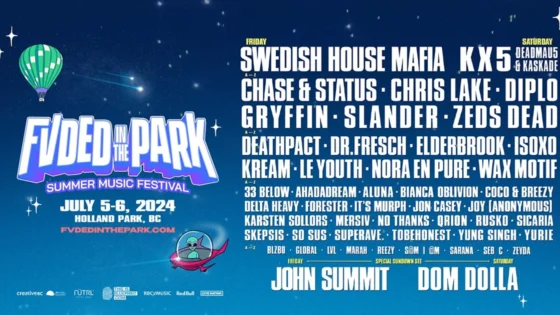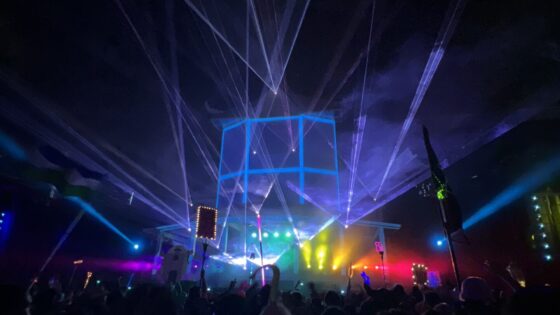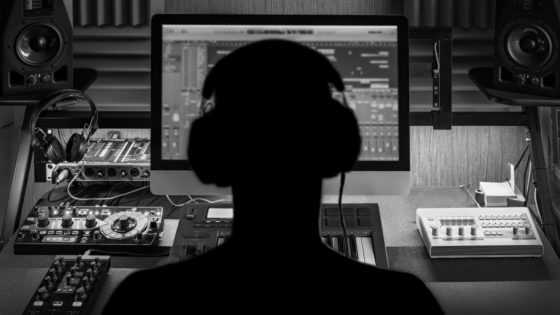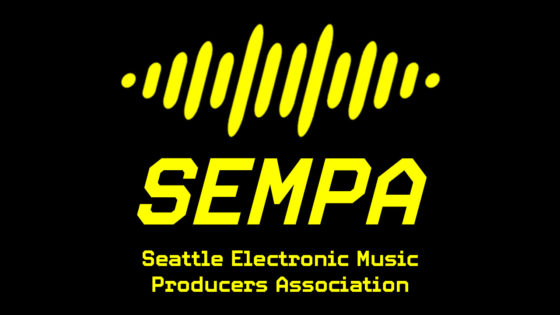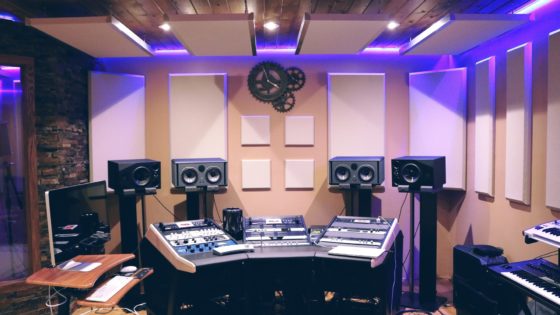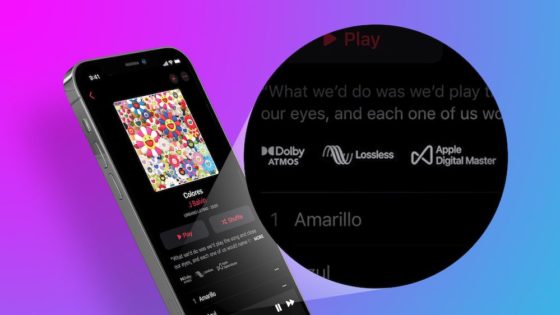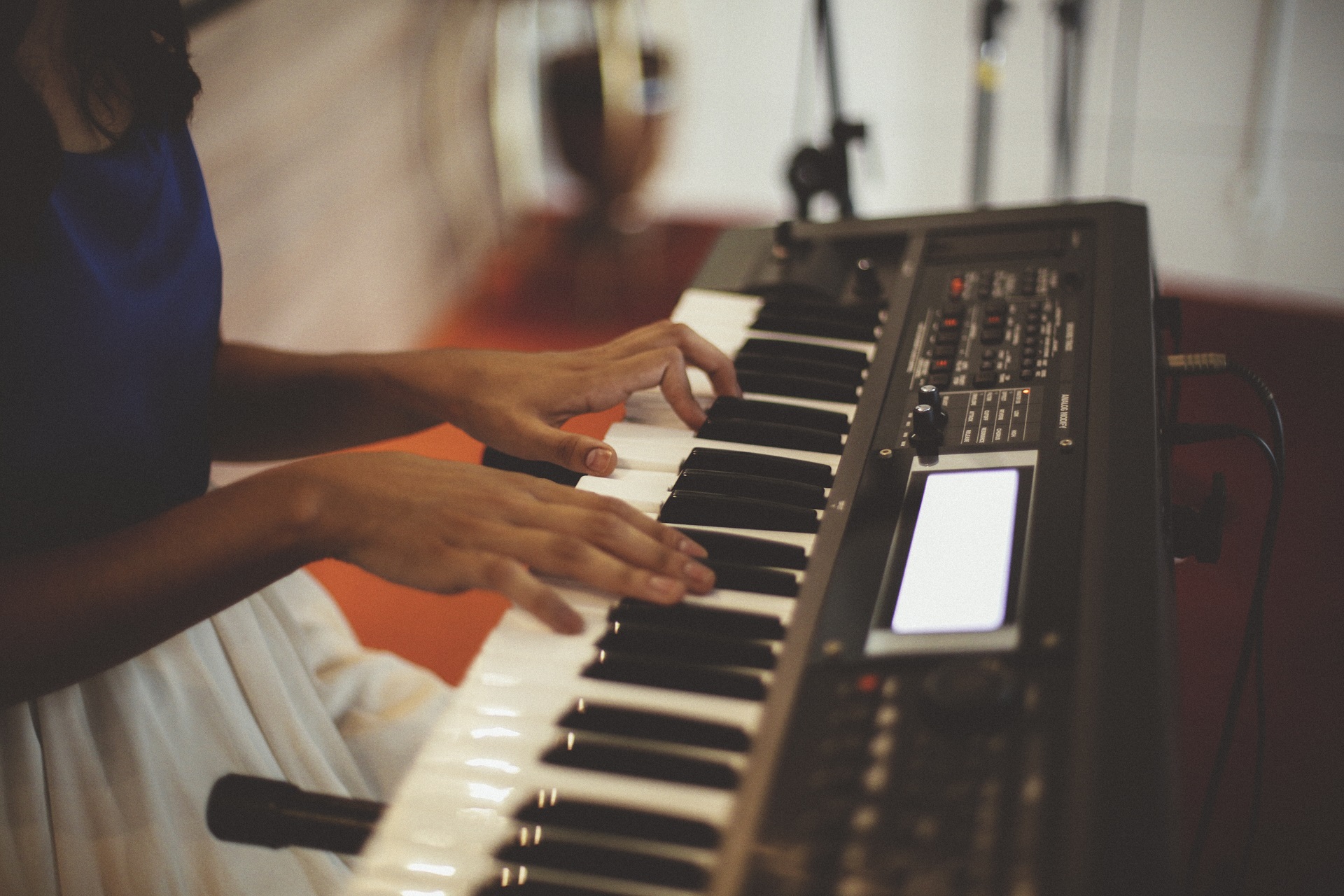Every piece of music has a cornerstone on which everything is built. Deciding what that first idea should be sets the direction for your entire composition. Inspiration and creativity often work best in an open environment, where you can let your ideas flow. However, with absolutely no direction, you can end up going nowhere, resulting in stifled motivation to make music. This is where having some guidelines comes in handy. There are two general practices when it comes to composing: harmonic composition and melodic composition. We’re going to go over what defines each method, and discuss some of the pros and cons of each.

Harmonic Composition
In harmonic composition, the composer begins with writing the chords, and uses that framework to create a matching melody. This tends to be the more travelled path in songwriting. Your chord progression provides a space in which your melody resides, so it makes sense that you would want to build that first. In order to successfully compose with chords, you need to have some basic knowledge of music theory and chord progressions. We’re going to assume you’re already somewhat versed in those areas.
Traditionally, a chord progression lives within a key that the author of the piece has chosen. You are free to venture outside of the key, but your composition will sound much more cohesive if you “stay inside the lines”. The chords you choose are crucial in setting the mood for your song. The key you choose will contribute to the feeling of your song as well, since a particular chord progression will sound different in different keys. When building these chords, you can either start with your first chord and work forward, or you can decide on a final chord and work backward.
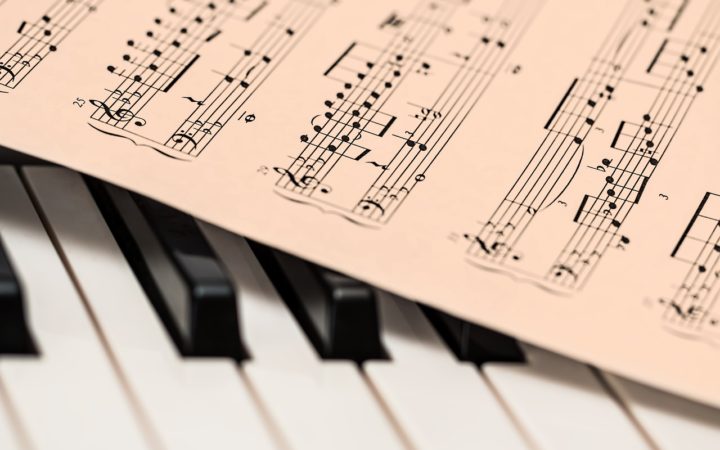
Melodic Composition
With melodic composition, the composer begins with writing the melody, and builds chords to support that melody. Many find it easier to create their melody (or lead) before anything else, as it’s decidedly the most important part of the song. Composing a melody also requires some knowledge of music theory. It is defined as a logical progression of tones and rhythms. Even more than that, your lead tells the listener how and when to feel.
There are many characteristics that define a melody. Evoking emotions through your lead requires movement, shape, and familiarity, while remaining unique. Melodies are typically built from smaller phrases and motifs, where each phrase serves a specific role in carrying the overall melody. Specifically, the hook is the defining section of your melody, and it gives your composition a unique signature. Spending a significant amount of time developing a strong melody is essential to any composition.

Comparison
By creating the chord progression first, you are more or less limiting what notes are available for you to use in your melody. This isn’t necessarily a bad thing, since having too many options can be overwhelming. There are also various resources available to help you decide on a particular progression for your piece. Again, creativity usually works best in an open environment, but picking a sandbox to play in can really help you focus.
Alternatively, having a wide open space to explore your ideas might work better for you. This is where creating your lead first can be the right choice. The freedom that melodic composition provides is really something harmonic composition can’t provide.
You may choose to lay the groundwork of your track before crafting the lead element, or do things the other way around. Either is acceptable in music. Knowing what works best for you is simply a matter of knowing yourself, and how you compose. Every day might be different. Every session might be different. Forcing yourself to compose harmonically when you prefer melodic could inspire you in new and unique ways. The reality is, they both work.
If you’re looking for some new tools to compose with, check out our Native Instruments Komplete 11 Buyer’s Guide.
Let us know how you like to compose in the comment section below!
Important things happen in Pacific Northwest nightlife, and DMNW will send you alerts!






